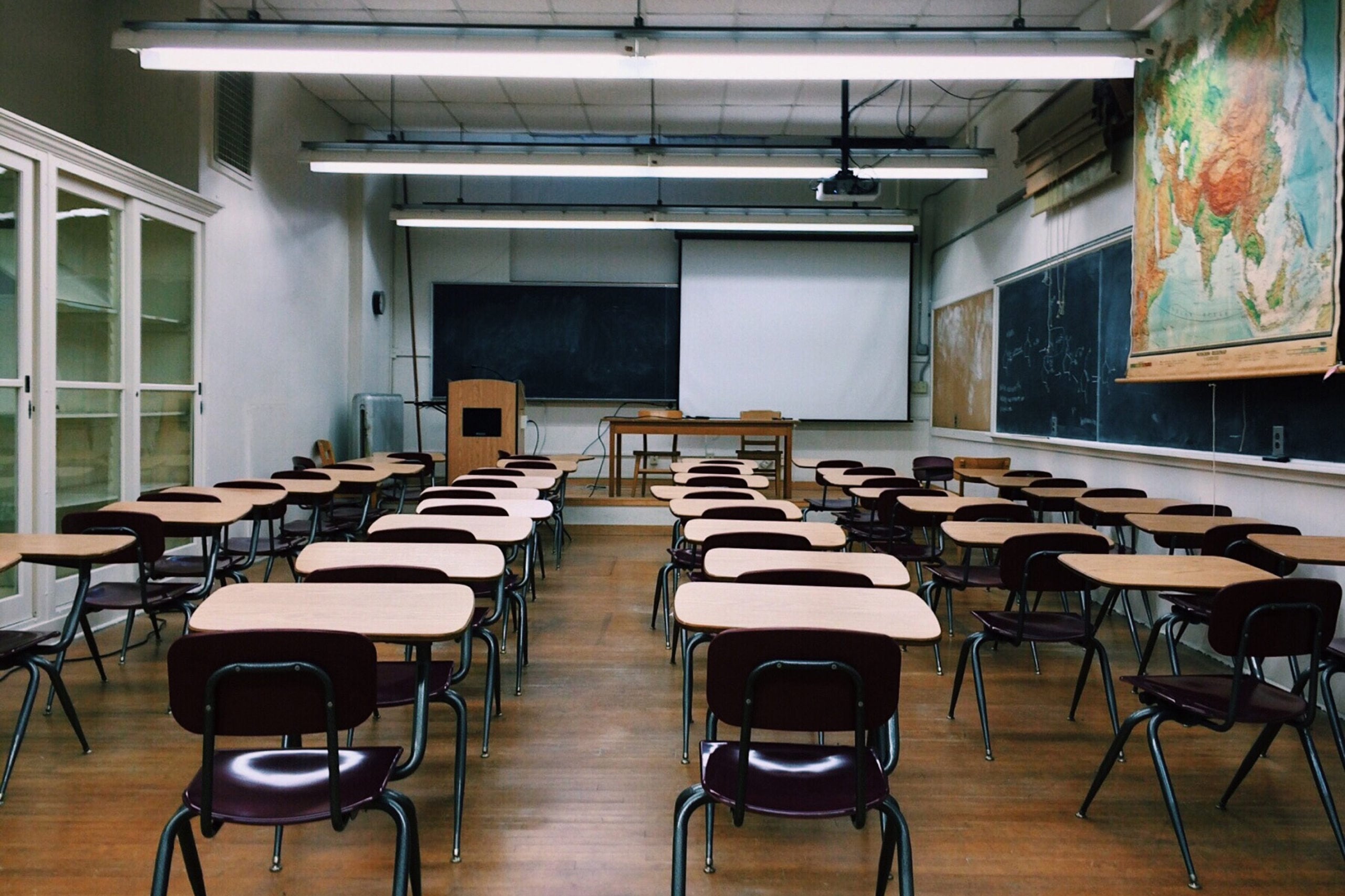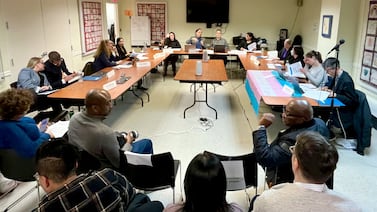The four-year graduation rate in Illinois held steady at about 88%, according to the 2020 report card released Friday.
State officials cautioned against comparing this year’s rate to the previous year, however, because some requirements were relaxed amid the pandemic. In May, Gov. J.B. Pritzker waived the constitution exam and physical fitness test for eighth graders and high school students.
The annual report card is the most detailed look at how the state’s nearly 2 million students are faring in public schools. But this year, the report is missing data on a slate of closely monitored assessments — requirements temporarily waived by the U.S. Department of Education after school buildings abruptly closed in March. It’s also missing culture and climate surveys and new state school ratings (schools kept ratings from the previous year).
Since local school districts were not able to administer state assessments in the spring, there is not enough data to determine learning achievement gaps, which is a serious concern after months of remote learning. Brenda Dixon, research and evaluation officer at the state board of education, said the state will conduct a learning loss survey to get a sense of how students are doing.
She said the survey will at least provide a “snapshot” of how much the pandemic has affected students, with a sample of school districts voluntarily submitting several years of data.
This year’s report card does include data on student attendance and whether ninth graders are on track to graduate. Two other areas included in the report that weren’t affected by the pandemic include teacher workforce and advanced coursework.
Here’s a closer look at a few key metrics:
Teacher workforce
Illinois saw its teacher workforce grow by more than 2,000 teachers this year, but the percentage of white teachers barely budged. The state has slightly increased the number of Hispanic and Asian American teachers, but the workforce is still majority white, at almost 83%.
The three-year average teacher retention rate remained the same at almost 86%.
State superintendent Carmen Ayala said the state will be introducing culturally responsive teaching and learning standards to be implemented at teacher preparation programs in Illinois. The state also will start requiring teacher prep programs to create and implement recruitment plans for educators of color.
“We don’t know yet how the pandemic has impacted the current future workforce,” Ayala said. But she added that the state is surveying districts about unfilled positions to try to understand where there are talent gaps.
Advanced coursework
Illinois has been pushing districts to offer students more opportunities to earn college credit while in high school. According to one metric, that push has been paying off: High school students across the state took about 70,000 dual credit courses, up from 64,000 courses last year.
But despite efforts to encourage more students to take Advanced Placement courses, Illinois high schoolers took around the same number of AP classes in 2019-20 compared with the previous year, about 142,400.
There was an increase in the number of exams taken by high school seniors, even with the pandemic. Last school year, seniors took 278,000 exams, compared to 261,000 exams the previous year, a difference of about 14,500. Pritzker committed $2 million to cover exam fees last school year and has said that support will continue, despite flat education spending overall.
However, the number of seniors who took exams dropped by almost 3,300 students this year in comparison to last year. The number of seniors who passed at least one exam decreased by a little over 700.
International Baccalaureate, a rigorous academic program, had a modest increase of about 400 more students taking courses statewide. About 6,000 students took the courses in 2020.
Career and Technical Education programming
This year, about 1,500 more students took career and technical education courses, for a total of 286,237 students. State officials said they need to do more work to diversify the group of students who take the courses — 58% of white students were enrolled in courses, while the state’s overall white student population is 48%.
“For the first time, Illinois will now require CTE programs to analyze disaggregated data on students’ participation and performance. Programs must identify gaps and create strategies to recruit and support special student populations, such as students who are parenting, military connected or in temporary housing,” said Ayala.
New financial data included
This is the second year that the state has included site-based expenditure reporting. Last year the state only reported on expenditures at the district level, but this year it showed information at the school level.
Ayala said: “This data will indicate how well funded the district is, the school summative designation indicating school performance and the school’s percentages of low-income students, English learners, and students with IEP who all require greater investment to meet their learning needs.”
The board said they hope the information will aid conversations about funding equity at schools and within districts.








